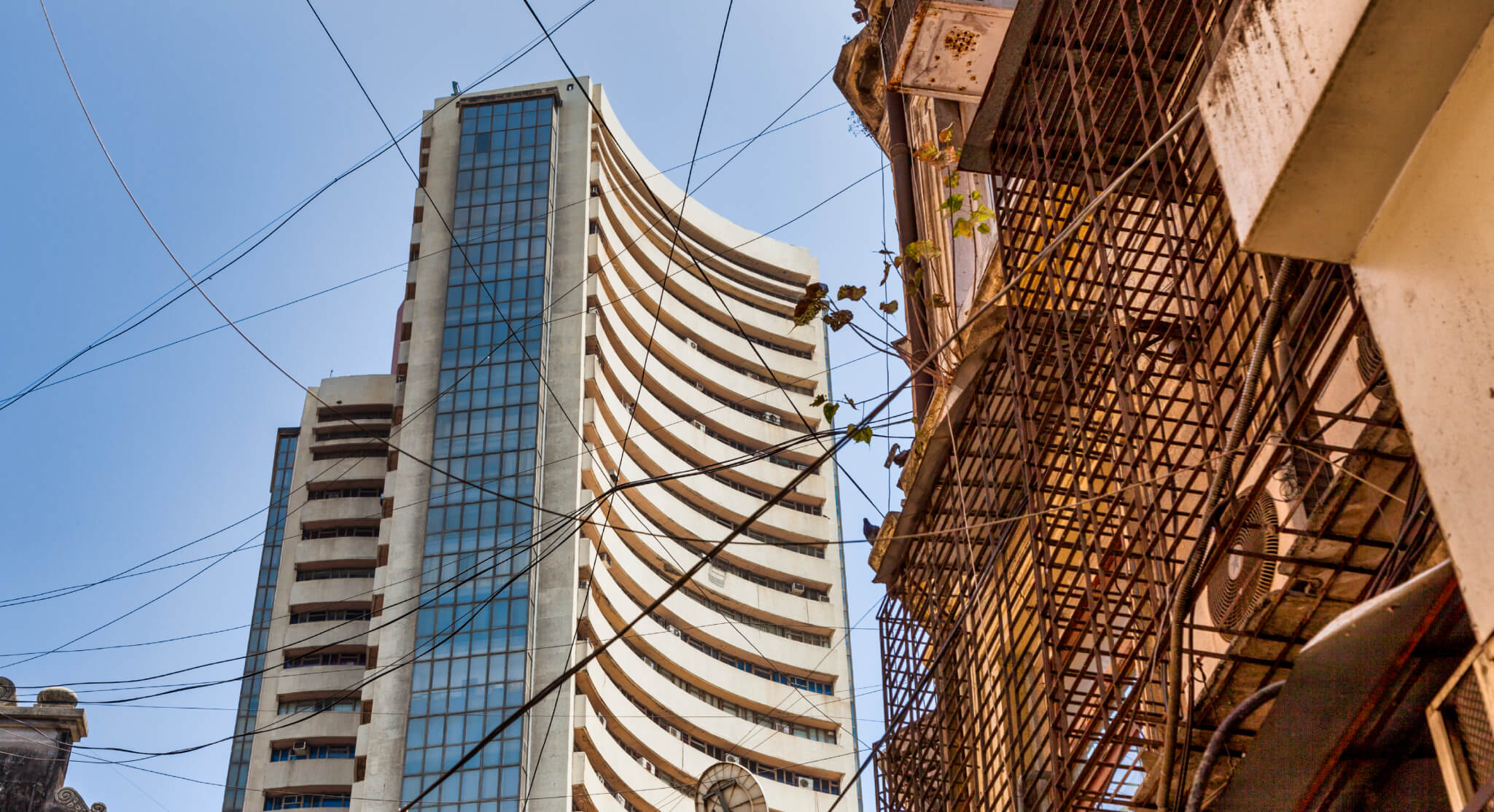The India equities market in two minutes
The Indian capital markets are dynamic, diverse, and increasingly innovative. In this post, we’ll briefly overview the equities landscape, including some key recent developments.
History
Organized stock trading has a long history in India, dating back to the mid-19th century. Post-independence, successive governments pursued a planned economy, and there was relatively little development of capital markets. From the 1990s onward the Indian markets experienced high growth, driven by economic liberalization, and technological development. Today, India has a diverse equities market, with highly developed IT, financial services, and healthcare sectors. Some legacies of the state planning era remain, however. For example, Public Sector Undertakings (PSUs) – formerly nationalized industries – make up a significant part of the total equities market.
Exchanges
The two largest Indian exchanges are the Bombay Stock Exchange (BSE) and the National Stock Exchange (NSE). The development of these two institutions illustrates how the Indian capital markets have grown in size and complexity. Both venues are now among the largest in the world by market capitalization. The NSE generally has higher trading volumes, while the BSE has more total listings. Both institutions maintain benchmark indices (the BSE SENSEX and the NSE NIFTY 50) and provide various sectoral indices. They have also established subsidiary exchanges for startups and SMEs. The BSE also owns the India International Exchange (INX), which operates extended trading hours to attract international investors.
India previously had several independent regional exchanges. However, many of these have ceased operation over the last 10 years, as liquidity has become increasingly concentrated in the BSE and NSE.
Between February 2022 and January 2023, the NSE switched to T+1 settlement across all equities. Previously, the exchange used a two-day settlement cycle, as is standard in most other markets around the world. A shorter settlement period is intended to free up liquidity more quickly and reduce settlement risk. Before the change, there was concern that it might increase operational complexity for international investors (for example, by creating a mismatch with the two-day settlement cycle used in the international currency markets). At this stage, the wider effects of T+1 settlement are still emerging. Regulators in North America are no doubt monitoring this closely, as they plan to introduce similar changes in their markets.
Investors
The COVID pandemic resulted in a boom in domestic retail investors, peaking at 45% of the total market share in 2021. Although volumes have since fallen from these highs, a culture of investment continues to develop. A growing fintech sector and increasing numbers of retail-focused brokers support this process. Investment from the Indian diaspora is also on the rise. Remittances from overseas workers have long been important to the wider Indian economy, but much of this investment has flowed into cash, gold, or real estate. Now, however, domestic institutions are increasingly targeting capital market investment products toward Non-Resident Indians (NRIs).
The future
What does the future hold for the Indian markets? Further growth and development seem certain; will they also lead the way toward same-day settlement?
If you’d like to discuss how ION can help you navigate the Indian equities landscape, come and see us at the FIX India Conference 2023 on April 25.
If you’re navigating the unique challenges and opportunities of the Indian capital markets, contact ION Markets today to find out how we can help.

